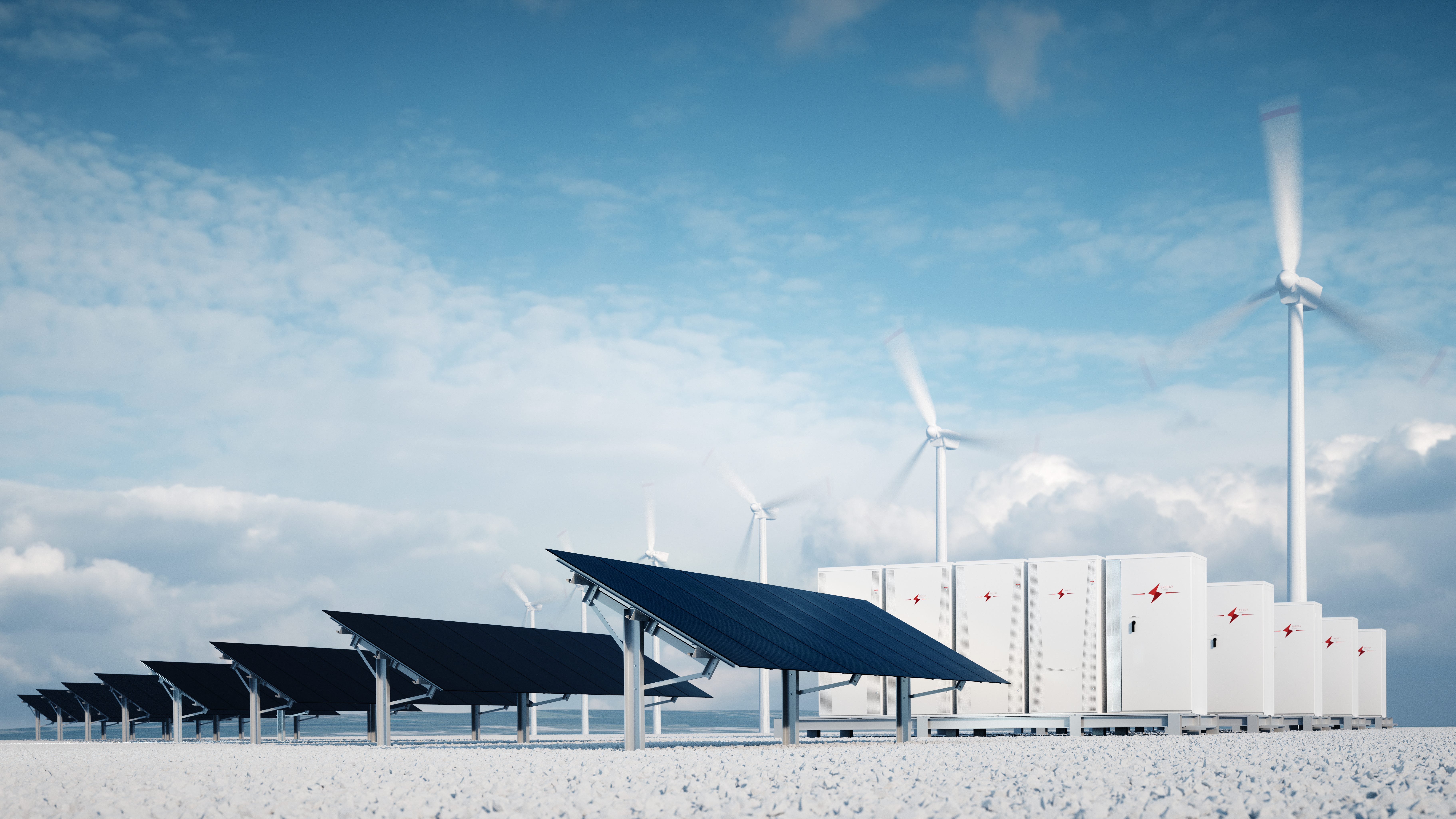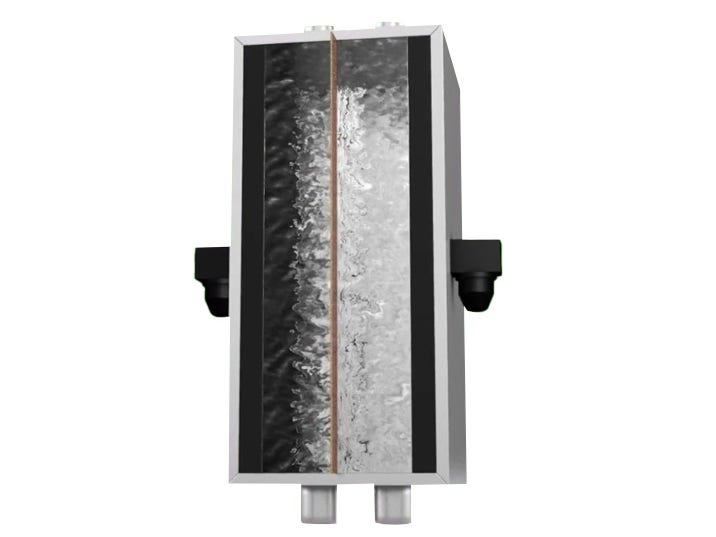
Energy Storage
The energy transition, moving from fossil fuels to renewable sources like wind and solar, requires robust energy storage solutions. This need arises from the intermittent nature of renewable energy sources – the sun doesn't always shine, and the wind doesn't always blow. Flow batteries, with their scalability and longevity, are excellently positioned to bridge this gap.
Flow batteries represent a promising technology in the field of energy storage. Their unique features, particularly scalability, longevity, and safety, align well with the requirements of the energy transition.
- Grid Stabilization: Flow batteries can store excess energy generated during peak production times and release it when demand is high or production is low. This capability is crucial for maintaining a stable energy supply and reducing reliance on fossil fuel-based peaker plants.
- Renewable Energy Integration: By providing a means to store large amounts of energy, flow batteries facilitate a greater integration of renewable energy sources into the power grid. This integration is a critical step in reducing greenhouse gas emissions and combating climate change.
- Microgrid and Remote Applications: In remote areas or in microgrids, where connectivity to the central grid is limited or non-existent, flow batteries offer a reliable and sustainable energy storage solution. They can store energy generated from local renewable sources, ensuring a consistent power supply.
Redox Technology
Mechanics of Flow Batteries
At its core, a flow battery stores energy in liquid electrolytes. These electrolytes are housed in external tanks and not within the battery cell itself. During operation, these liquids flow through a cell stack, separated by a membrane. The energy storage capacity of a flow battery is determined by the volume of the electrolytes, making them easily scalable. This design contrasts with conventional batteries, where energy capacity is bound by the cells' size and number.
Advantages of Flow Batteries
- Scalability: Flow batteries can be scaled up simply by increasing the size of the electrolyte tanks. This feature makes them ideal for large-scale energy storage, such as grid applications, where capacity needs can be substantial.
- Longevity: Unlike solid-state batteries, which degrade with each charge-discharge cycle, flow batteries maintain their efficiency over thousands of cycles. This longevity reduces the need for frequent replacements, a significant advantage for large-scale and long-term energy storage solutions.
- Safety and Stability: Flow batteries are less prone to overheating and are generally more stable than conventional batteries. This feature enhances their safety profile, especially in large-scale applications.
- Sustainability: The electrolytes in some types of flow batteries are made from more environmentally friendly materials compared to the metals used in lithium-ion batteries. This aspect aligns them more closely with the goals of the energy transition.
Our Product

MIONEX Membrane
Redox flow batteries hold tremendous potential as a scalable energy storage technology with decoupled energy and power characteristics. Central to their functionality is the membrane, which separates the positive and negative electrolytes while enabling selective ion transport.